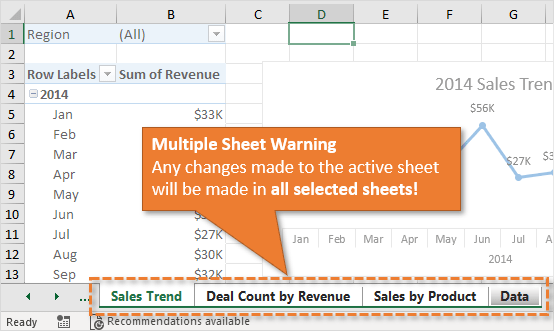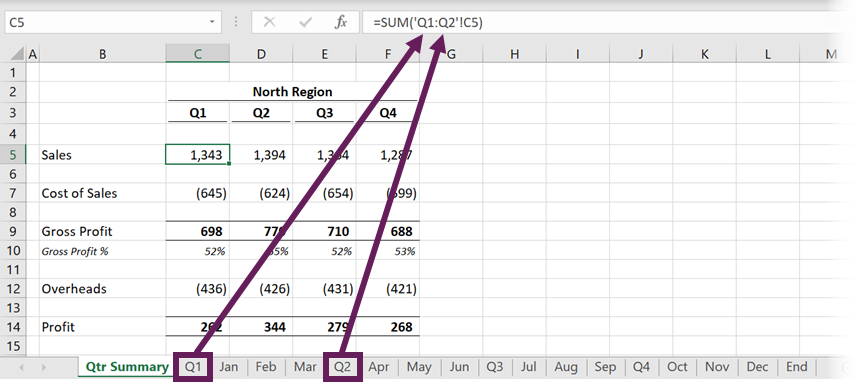

But you might want to write a function (such as SUM) that references a range of cells on another worksheet or workbook. Referencing a single cell is useful enough. How to Cross Reference a Cell Range in a Function Keeping data in one workbook, if possible, is more reliable. Users creating or renaming folders and moving files can break these references and cause errors. Insert a new sheet before or after the range in the sum formula as shown above if you don't want the new worksheet's data included in the formula.Although creating references to other workbooks is straightforward, they are more susceptible to issues.

=SUM(Milan:Toronto ! B3), and insert a sheet inside the range, Excel will include the sheet in the formula. Likewise, if you specified a range in a formula, e.g. =SUM('*' ! B3), to sum across all the sheets in the workbook, Excel will include the new worksheet data in the sum formula. We can combine the above methods and mix ranges with individual worksheets, such as: =SUM( Sheet1:Sheet3!B3, Sheet6!B3, Sheet8!B3) Inserting a Worksheet with Existing SUM Link Formulasīe careful when inserting new worksheets. To sum Tampa through Toronto and exclude Milan, type: =SUM(Tampa:Toronto ! B3)ģ. Let's suppose our workbook also has a Tampa sheet. our formula would be: =SUM( Milan!B3, Toronto!B3)Ģ. If we want to sum only Milan and Toronto. We can specify individual worksheets as discussed above. How do we write the formula if we want to sum across just some of the worksheets? Look at the 3 examples below. Toronto!B3) Sum Across Select Worksheets in the Workbook The formula could also be written the long way-listing each worksheet and cell: Excel specifies a cell range: first and last worksheet names separated by a colon, and capitalizes the "b". This is the formula Excel actually stores. The SUM function is used, and an asterisk, wrapped in single quotes, tells Excel to sum across ALL worksheets in the workbook.Īfter pressing enter, =SUM(Milan:Toronto ! B3) displays in the formula bar. To sum cell B3 from all worksheets in the workbook, enter: =SUM('*' ! b3) The formula in cell D4 of the Totals worksheet sums "Units" in cell B3 (item Blue) across all the city (source) worksheets. As shown below, the 3 city sheets all have the same format. We have a destination sheet, Totals, and 3 city worksheets.

Sum Across All Worksheets in the Workbook


 0 kommentar(er)
0 kommentar(er)
